Three Technology Trends Gaining Traction in Banking and Investment Services in 2022: Gartner Banks and Investment Firms Will Spend $623 Billion on Technology Products and Services in 2022
By MYBRANDBOOK
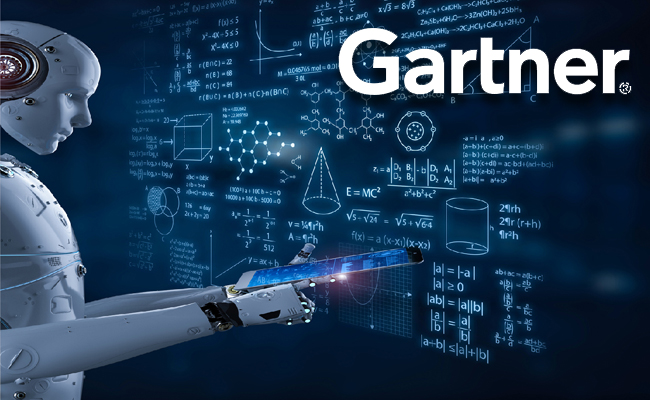
Generative artificial intelligence (AI), autonomic systems and privacy-enhancing computation are three technology trends gaining traction in banking and investment services in 2022, according to Gartner, Inc. These trends will continue to grow over the next two to three years, contributing to growth and transformation of financial services organizations.
“While growth is the top priority, the need to manage risk, optimize costs and increase efficiency also requires new technology innovations,” said Moutusi Sau, VP Analyst at Gartner. “Generative AI enables bank CIOs to offer technology solutions to the business in pursuit of revenue growth, while autonomic systems and privacy-enhancing computation are long-term solutions that provide new options for business transformation in financial services.”
IT spending by banking and investment services firms is forecast to grow 6.1% in 2022 to $623 billion worldwide. The largest category of spending is IT services, which includes consulting and managed services and accounts for 42% of total IT spending in the sector at $264 billion. The fastest growing category is software, with spending forecast to increase by 11.5% to $149 billion.
The three emerging technologies identified by Gartner collectively contribute to goals to run, grow and transform a business and have demonstrated use cases in the banking and investment industry.
Trend 1: Generative AI
Gartner predicts that 20% of all test data for consumer-facing use cases will be synthetically generated by 2025. Generative AI learns a digital representation of artifacts from data and generates innovative new creations that are similar to the original but does not repeat it.
In banking and investment services, application of generative adversarial networks (GANs) and natural language generation (NLG) can be found in most scenarios for fraud detection, trading prediction, synthetic data generation and risk factor modelling. It has potential because of the ability to take personalization to new heights.
Trend 2: Autonomic Systems
Autonomic systems are self-managed physical or software systems that learn from their environments and dynamically modify their own algorithms in real-time to optimize their behavior in complex ecosystems. They create an agile set of technology capabilities that support new requirements and situations, optimize performance and defend against attacks without human intervention.
Currently, autonomic systems are mostly software-based in the banking context. However, humanoid robots are emerging in smart branches that are examples of hardware-based autonomous systems that cater to clients and customers. They could be applied in autonomous debt management, personal finance assistants and automated lending. Roboadvisors are essentially low-level autonomic systems, although there are still trust concerns due to their high level of automation.
Gartner predicts that by 2024, 20% of organizations that sell autonomic systems or devices will require customers to waive indemnity provisions related to their products’ learned behavior.
Trend 3: Privacy-Enhancing Computation
Privacy-enhancing computation (PEC) secures the processing of personal data in untrusted environments — which is increasingly critical due to evolving privacy and data protection laws, as well as growing consumer concerns. It uses a variety of privacy-protection techniques to allow value to be extracted from data while still meeting compliance requirements.
Gartner predicts that 60% of large organizations will use one or more privacy-enhancing computation techniques in analytics, business intelligence or cloud computing by 2025.
Within financial services, data has an inherent role in any analytics, computing and data monetization efforts. The adoption of PEC is on the rise in use cases like fraud analysis, intelligence operations, data sharing and anti-money-laundering.


Legal Battle Over IT Act Intensifies Amid Musk’s India Plans
The outcome of the legal dispute between X Corp and the Indian government c...
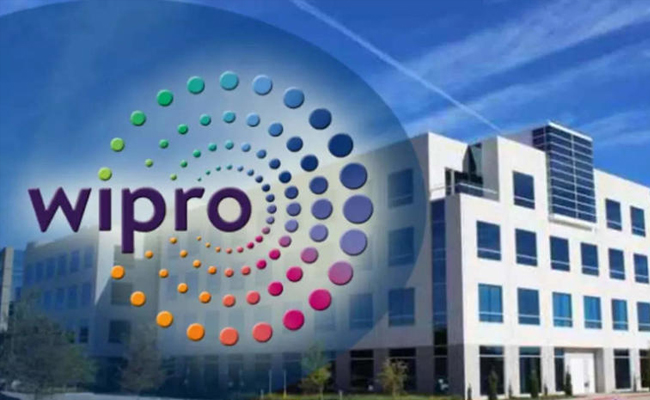
Wipro inks 10-year deal with Phoenix Group's ReAssure UK worth
The agreement, executed through Wipro and its 100% subsidiary,...
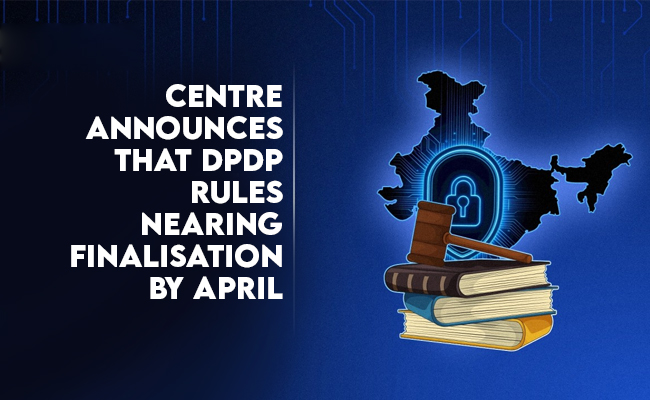
Centre announces that DPDP Rules nearing Finalisation by April
The government seeks to refine the rules for robust data protection, ensuri...

Home Ministry cracks down on PoS agents in digital arrest scam
Digital arrest scams are a growing cybercrime where victims are coerced or ...


Icons Of India : RAJENDRA SINGH PAWAR
Rajendra Singh Pawar is the Executive Chairman and Co-Founder of NIIT ...
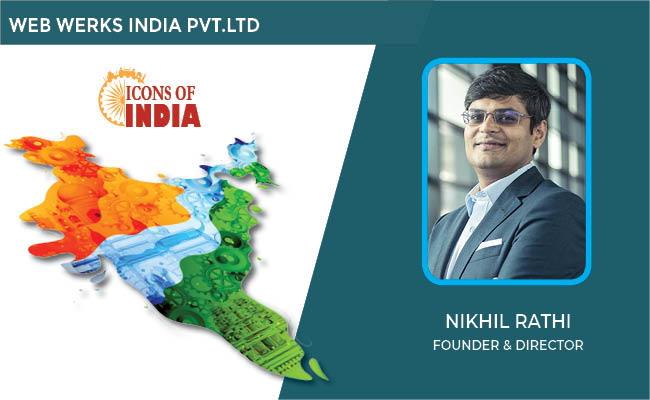
Icons Of India : NIKHIL RATHI
Co-founder & CEO of Web Werks, a global leader in Data Centers and Clo...

Icons Of India : GAUTAM ADANI CHAIRMAN ADANI GROUP
Gautam Adani is the Founder and Chairman of the Adani Group, which ran...

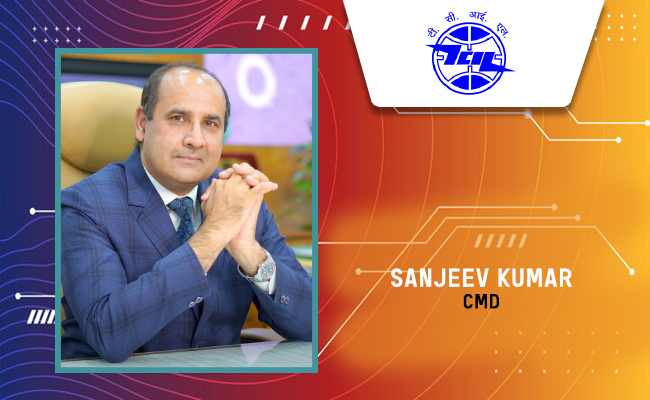
TCIL - Telecommunications Consultants India Limited
TCIL is a government-owned engineering and consultancy company...
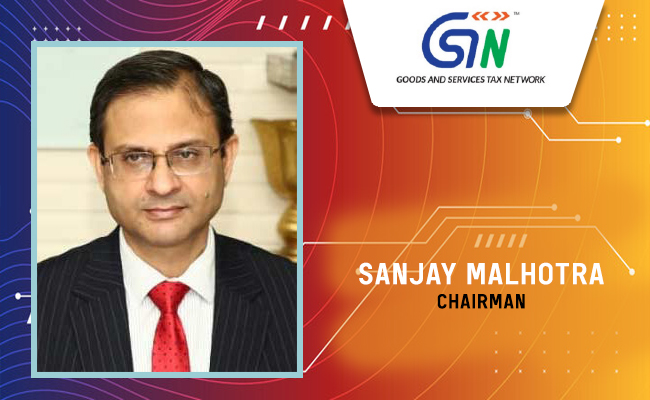
GSTN - Goods and Services Tax Network
GSTN provides shared IT infrastructure and service to both central and...
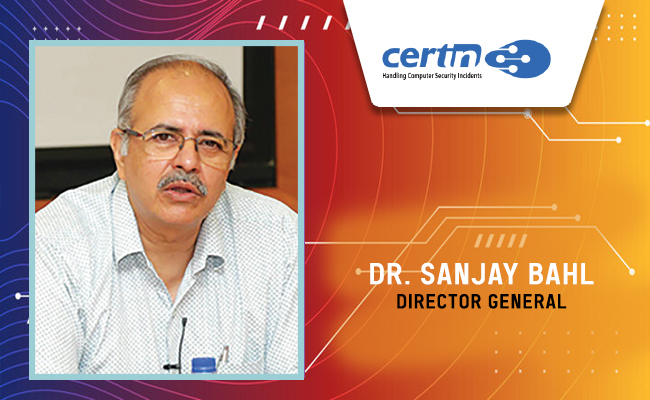
CERT-IN - Indian Computer Emergency Response Team
CERT-In is a national nodal agency for responding to computer security...

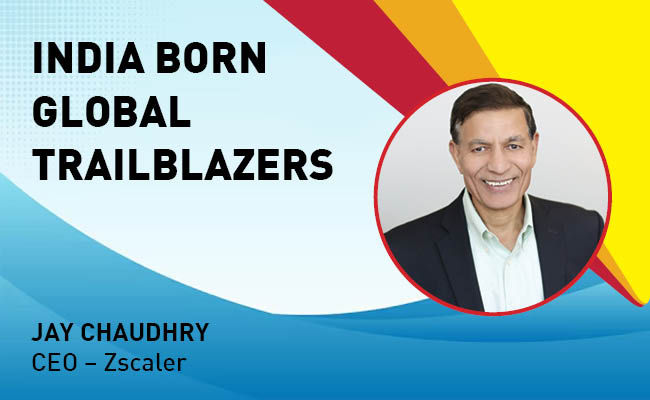
Indian Tech Talent Excelling The Tech World - JAY CHAUDHRY, CEO – Zscaler
Jay Chaudhry, an Indian-American technology entrepreneur, is the CEO a...
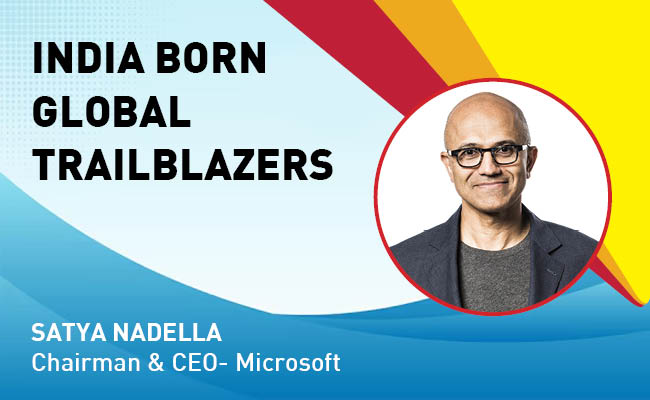
Indian Tech Talent Excelling The Tech World - Satya Nadella, Chairman & CEO- Microsoft
Satya Nadella, the Chairman and CEO of Microsoft, recently emphasized ...
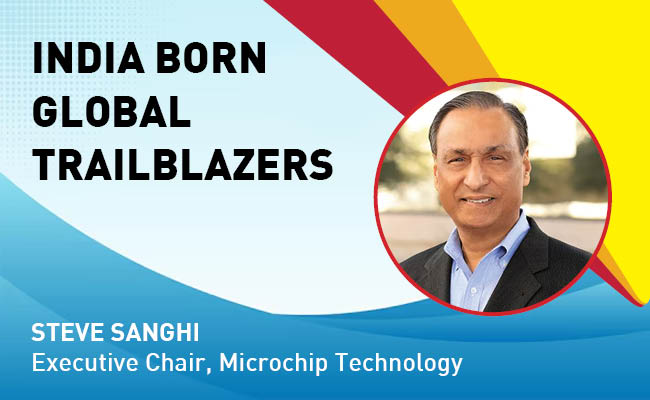
Indian Tech Talent Excelling The Tech World - Steve Sanghi, Executive Chair, Microchip
Steve Sanghi, the Executive Chair of Microchip Technology, has been a ...
 of images belongs to the respective copyright holders
of images belongs to the respective copyright holders